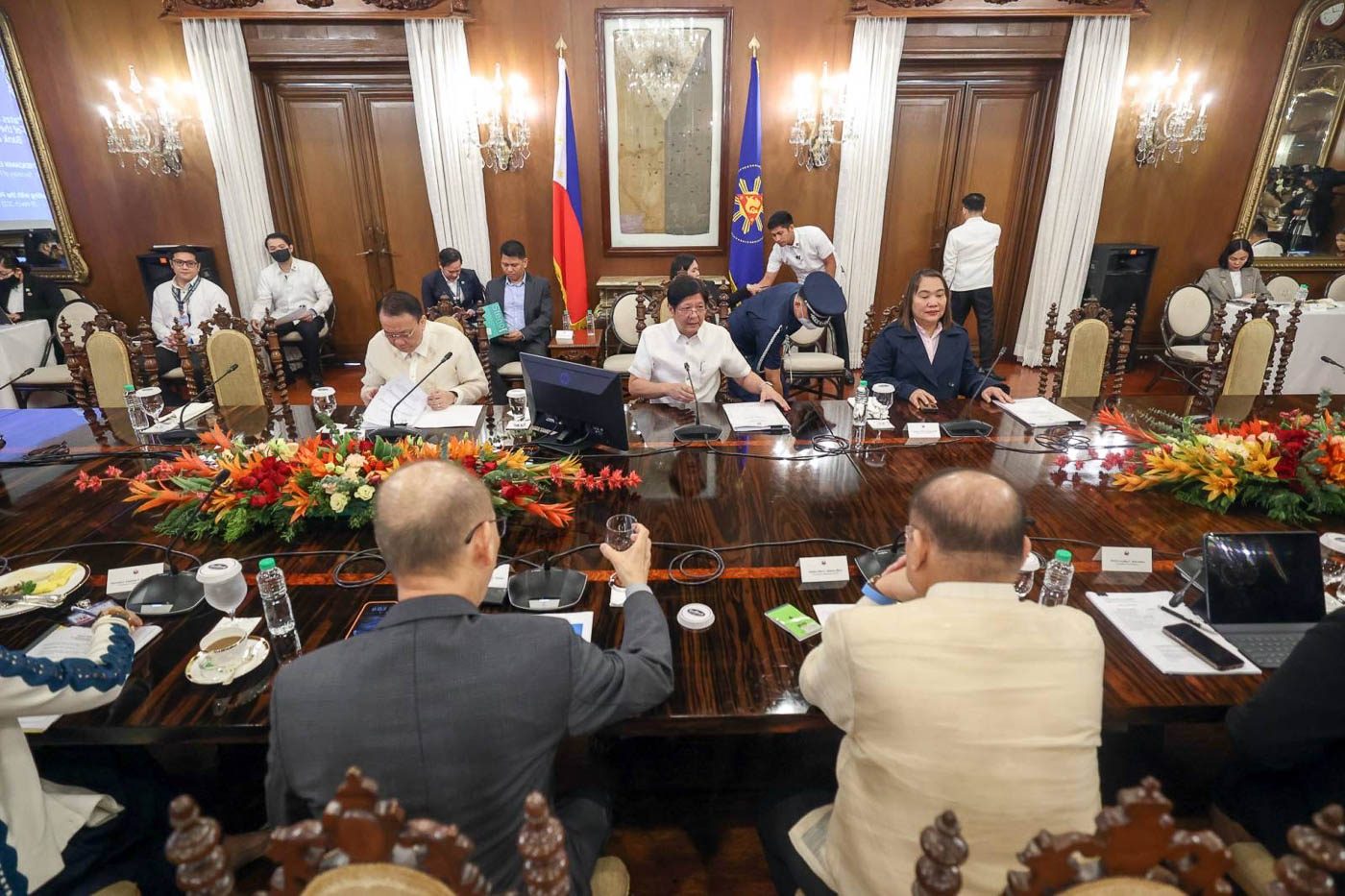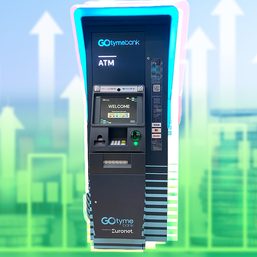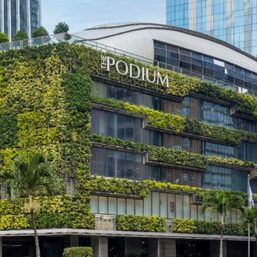SUMMARY
This is AI generated summarization, which may have errors. For context, always refer to the full article.

MANILA, Philippines – The plan to merge the Development Bank of the Philippines and the Land Bank of the Philippines is again seeing the light of day, following a meeting between President Ferdinand Marcos Jr. and his economic managers.
“The President expressed the desire to merge the two, to make it the biggest bank of the country because of the recent financial developments abroad. And that’s really the best practice. The biggest bank is usually owned by the state, globally,” said Finance Secretary Benjamin Diokno on Tuesday, March 28, following a meeting in Malacañang.
The proposal is not new.
In 2016, with months left in his term, the late president Benigno Aquino III signed an Executive Order approving the merger of the two, with Landbank as the surviving entity. Aquino, in signing the order in early February 2016, said the merger was needed for the two banks “to strengthen their financial capabilities, improve the delivery of services, achieve economic efficiency and support the development thrust of the government.”
But the plan was scrapped months later in September 2016 under the then-new Duterte administration, through a Governance Commission for Government Owned and Controlled Corporations (GCG) resolution. Both Duterte-era finance chief Carlos Dominguez and then-budget chief Diokno – the same Benjamin Diokno who now heads DOF – signed that resolution, as ex-officio members of the GCG.
Dominguez then argued that a merger “would not serve the public interest to transform the two institutions into one, given their different functions.” Landbank typically serves the agriculture sector while the DBP handles industries.
Years later, under Marcos and with Diokno holding a different Cabinet post, those differences in functions are a reason for, and not against, the merger. Diokno expects the merger to happen before 2023 ends.
“[Marcos] expressed concern that in the process of merging, none of the services provided by either bank will be lost. And we assured him that with the merger, because both the Landbank and DBP are universal banks – they do almost the same, except that one is focused on agri and the other one industrial projects, but they do practically the same,” said Diokno in a briefing with Palace media.
Should the merger push through, Landbank will become the biggest in the Philippines, in terms of assets. According to Diokno, DBP branches will go down from 147 to 22, to add to Landbank’s current count of 752 branches. “The plan is that Landbank will have a branch in all local government units (LGUs) in the Philippines. It could be a combination of light branches or big branches, ATMs, etc,” he said.
“As a result of the merger, there will be savings and the merged bank will be stronger…. and maybe the interest rate that they will be charged will be lower, either up to two at the moment,” said Diokno, explaining their pitch.
The savings, said Diokno, could amount to over P5.3 billion saved in projected operational costs. The government could also earn from the sale of “redundant” DBP assets, including its Makati head office, a property in Bonifacio Global City, among others. An “attractive package” will also be offered to those who stand to lose their jobs because of redundancies.
Marcos used to oppose the merger – at least when he was a senator and a vice presidential candidate. Back then, Marcos said the merger would “deprive farmers of an agricultural bank that is mandated to serve their needs,” according to a release from his office then.
Diokno explained the change of heart – from Marcos, and from himself, who had agreed to stopping the Aquino-era merger plan – by citing changes in the international economic and banking scene.
“Given what’s happening now globally – you have banks which are now being closed. For example, Credit Suisse. Who would have thought that Credit Suisse would go under? There is really a strong need for solidifying the government bank,” he said.
The merger, said Diokno, also aligns with the Marcos admin’s “rightsizing” thrust.
Landbank and DBP – solely Landbank if the merger pushes through – stand to have major roles in another pet project of the Marcos administration, the controversial Maharlika Fund. Current proposals estimate over P75 billion in start-up capital will come from the two government banks – P50 billion from Landbank and P25 billion from DBP. – Rappler.com
Add a comment
How does this make you feel?



![[Finterest] Private banking: How the wealthy keep the money within the family](https://www.rappler.com/tachyon/2024/07/Finterest-wealth-between-the-family.jpg?resize=257%2C257&crop=425px%2C0px%2C1080px%2C1080px)










There are no comments yet. Add your comment to start the conversation.